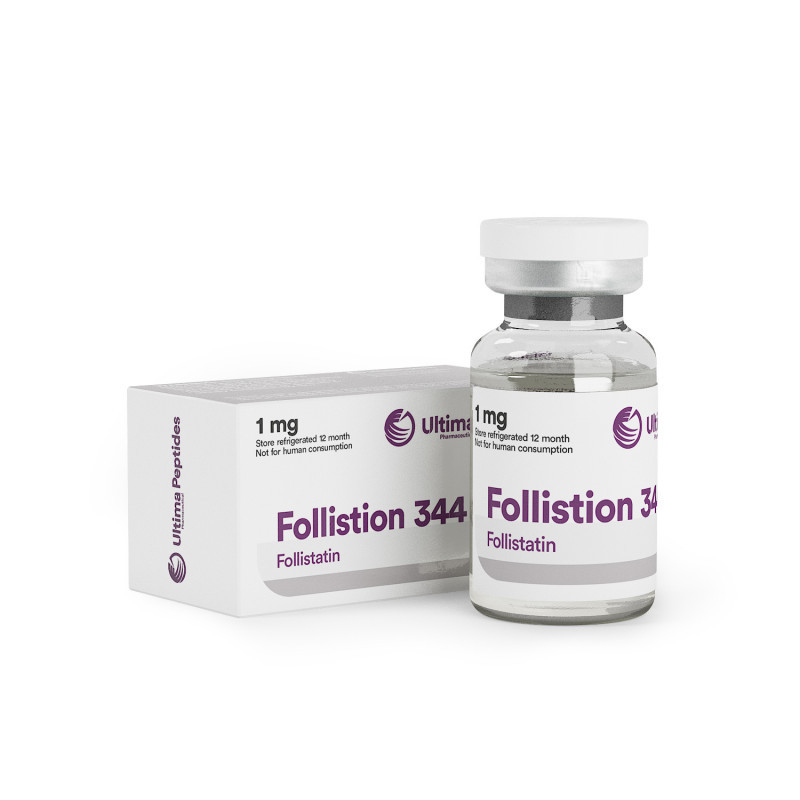


Follistatin is a glycosylated polypeptide first identified in 1987 and originally noted for its ability to regulate follicle-stimulating hormone (FSH) release in pituitary cells, although it was less potent than inhibin. It later became evident that follistatin's main function was to act as an activin-binding protein, effectively neutralizing activin's biological effects by preventing its receptor interaction. This binding capacity allows follistatin to modulate hormone signaling in reproductive health, where its ability to regulate FSH and block activin’s effects makes it a crucial part of the reproductive hormone axis.
Ledger, W. (2001). Inhibin, Activin, and Follistatin in Human Reproductive Physiology. Singapore: Imperial College Press.
Disclaimer: Information provided it this page is for general information only and does not substitute for professional medical advice.
For detailed information about Ultima-Follistion 344 by Ultima Pharmaceuticals, consult with your doctor or healthcare professional.


Ledger, W. (2001). Inhibin, Activin, and Follistatin in Human Reproductive Physiology. Singapore: Imperial College Press.

Ledger, W. (2001). Inhibin, Activin, and Follistatin in Human Reproductive Physiology. Singapore: Imperial College Press.

Ledger, W. (2001). Inhibin, Activin, and Follistatin in Human Reproductive Physiology. Singapore: Imperial College Press.